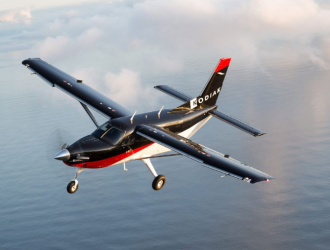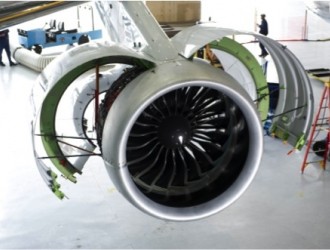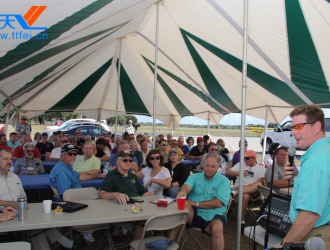The Missouri legislature has passed three health care and public safety bills that include a provision to eliminate a flight-safety hazard at helipads used for emergency medical flights.

Senate Bills 635, 732, and 988, now awaiting the signature of Gov. Jay Nixon, provide that any rules established by a state agency “shall not require hospitals to have a fence or other barriers around a hospital helipad.”
The provision, which AOPA actively supported, also prevents Missouri’s Department of Health and Senior Services from promulgating “any rules and regulations with respect to the operation or construction of a helipad located at a hospital.”
Hospitals shall ensure that their helipads “are free of obstruction and safe for use by a helicopter while on the ground, during approach, and takeoff.”
The language was introduced by state Sen. Will Kraus (R-District 8), a helicopter pilot; and state Rep. Keith Frederick (R-District 121), an orthopedic surgeon and airplane pilot, to deal with obstruction hazards brought on by a 1998 rule that required hospitals to cordon off helipads in the interest of pedestrian safety. A 2015 reinterpretation of the rule required that hospitals erect “fences or large shrubs around the helipads,” said Yasmina Platt, AOPA Central Southwest regional manager.
“We agree that the operational areas of a heliport need to be kept clear of people, animals, and vehicles; however, a fence installed as a perimeter for a helicopter landing area is a potential hazard to flight operations. Anything surrounding a heliport should not penetrate any approach or departure (primary or transitional) surfaces,” she said.
Platt added that obstructions hazardous to helicopter tail rotors include anything between about six inches and four feet high, such as security fences, lights, and equipment.
Platt said she had heard of reports of air ambulance companies that were faced with discontinuing the use of their helipads or establishing other temporary obstruction-free landing locations while informal efforts to have the rule revised—ultimately unsuccessful—were in progress.\
Frederick, who backed the measure in the House as a physician and a 600-hour pilot, said AOPA’s advocacy helped put focus on the obstruction problem as the process of passing the bill moved along.
“I've made the case on the House floor and in our committees all year for repealing this well-intentioned but very detrimental regulation that was passed requiring hospitals to take this dangerous action,” he said.





